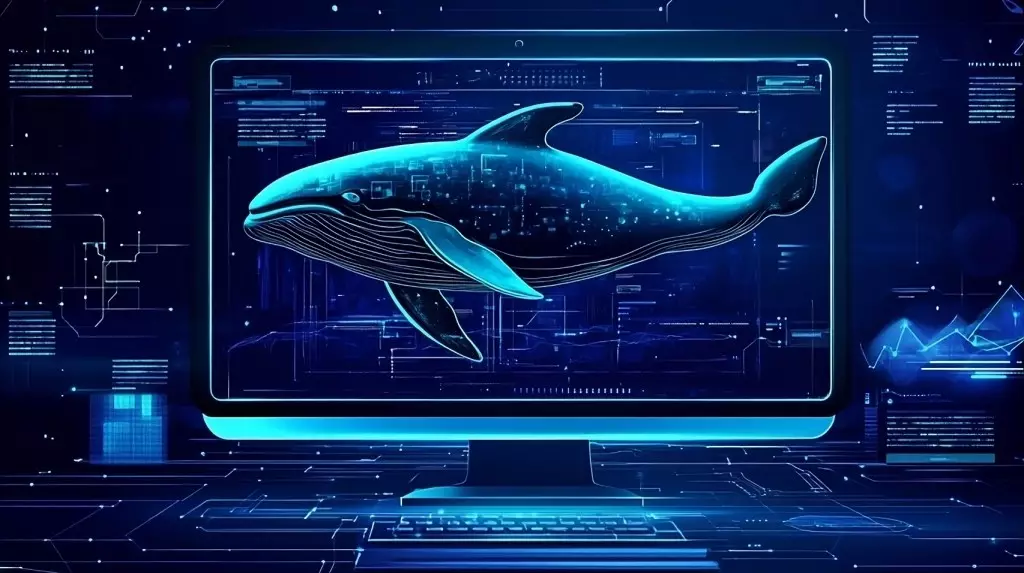The world of artificial intelligence (AI) is undergoing a paradigm shift, moving away from the belief that computational power is the sole driver of advancement. Recent innovations, particularly the DeepSeek breakthrough, highlight a critical juncture where the focus is turning towards smarter, more efficient systems that work harmoniously with human capabilities and the environment. This change is not just a minor enhancement; it represents a fundamental evolution in how we perceive and leverage AI technologies.
Redefining Performance Metrics in AI Development
Historically, the advancement of AI has been closely tied to the increase in computational capabilities. The conventional wisdom was that more powerful hardware would yield better outcomes. However, the recent advancements demonstrated by DeepSeek reveal that agility in AI performance can be achieved without reliance on the latest technologies. This milestone echoes sentiments expressed at the NeurIPS conference in December, suggesting that the future of AI lies in rethinking interactions between humans and machines rather than merely amplifying processing power.
DeepSeek’s R1 model, which efficiently rivals OpenAI’s offerings, serves as a prime example of this emerging philosophy. It transcends the traditional model of brute-force computing and instead employs innovative design principles that emulate human cognitive processes. The result? AI systems that can pause and re-evaluate problems—mimicking human moments of insight—thereby reducing the need for extensive pre-training on vast datasets.
This shift in focus is being dubbed a “reasoning renaissance” within the AI community. The implication is profound: as AI systems become more adept at reasoning and context consumption, we witness a burgeoning potential for real-time applications. Companies like World Labs, which recently secured significant investment to create systems that understand reality in a human-like manner, align with this notion. Their work aims to bridge the gap between human intelligence and artificial agents, crafting experiences where AI’s interaction feels seamless and intuitive.
The advancements in technology also manifest in tangible products, such as Meta’s smart glasses, which now enable continuous dialogue with AI assistants. This leap forward serves as a bellwether for how AI can enhance user experience without necessitating ever-larger pre-trained models. The capability for contextually aware conversations heralds a new era for human-computer interaction that emphasizes engagement rather than frustration.
While these developments are promising, they do not come without challenges. An essential concept to grapple with in this evolving landscape is Jevons Paradox, which posits that as technological innovations create efficiencies, the overall consumption of resources can actually increase. In the realm of AI, reduced training costs might entice more organizations and experimenters to develop multiple models, which could inadvertently spike energy consumption.
DeepSeek’s innovation, however, offers a critical exception to this potential backlash. Its pioneering methodologies demonstrate that high-performance outcomes can be achieved without necessitating cutting-edge hardware, thereby moving discussions from sheer computational expenditures to enlightened system designs. This transition opens the door for sustainable practices and responsible consumption strategies in the AI field, steering conversations toward those that prioritize intelligent architectural solutions.
Undoubtedly, the journey ahead will involve navigating complex landscapes of innovation and regulation. Leaders in AI development and enterprise establishments need to embrace this transition by advocating for smarter, more adaptable architectures. This pursuit involves deploying specialized AI agents that function cohesively rather than relying on monolithic models. Furthermore, investing in iterative development processes that incorporate human feedback will be crucial in refining AI systems that resonate with actual user needs.
What excites many within the industry is that we are at the crest of a new wave of creativity and innovation. The novelty of deploying interconnected, smaller-scale AI chains paves the way for reimagining problem-solving approaches. They not only promise more efficient solutions but also inspire novel applications never conceived before. By fostering a culture of innovation that prioritizes environmental sustainability alongside technological achievement, organizations can finally fathom the true potential of AI.
As we stand on this precipice of change, one thing is clear: the era dominated by “bigger is better” is fading, and with it, new opportunities arise. If the AI community collectively prioritizes humane and intelligent design, the advancements that follow could benefit both society and the planet in unprecedented ways. Embracing this new era of AI offers a remarkable chance for collaboration and redefinition of the human-technology paradigm.


Leave a Reply
You must be logged in to post a comment.